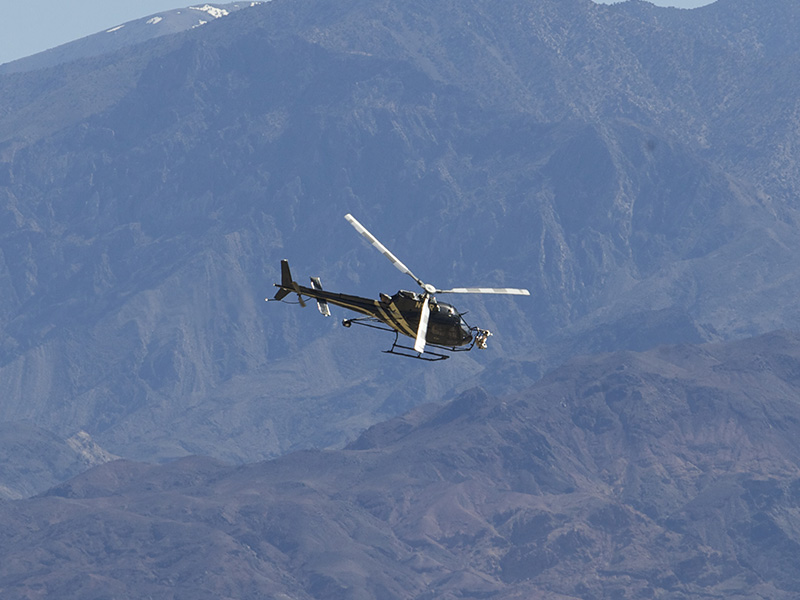17,000 ft Height at which the Pursuit Aviation team operated during LVS tests
NASA’s next mission to the Red Planet will rely on groundbreaking new technology called the Lander Vision System (LVS). This system, part of Mars 2020’s broader Terrain-Relative Navigation (TRN), will allow the landing craft to make real-time adjustments as it descends to the Martian surface and reach areas previously considered inaccessible. But before this system can be deployed on Mars, it requires extensive testing here on earth. NASA turned to Pursuit Aviation to help make this happen.

How we did it
The Pursuit Aviation team spent two weeks in Death Valley National Park, where the AStar helicopter was equipped with an engineering model of the LVS. During that time, the crew flew at altitudes of over 17,000 feet while the system collected data on the terrain below. Because of the unique challenges of operating a helicopter at such heights, pilot John Tamburro underwent weeks of extensive training and study to ensure that the mission was a success. All of this knowledge was key to keeping the crew and NASA’s state-of-the-art equipment safe. It was an honor to support NASA in this groundbreaking interplanetary endeavor.
HIGHLIGHTS
2 weeks Time spent on site during tests of Mars 2020 technology